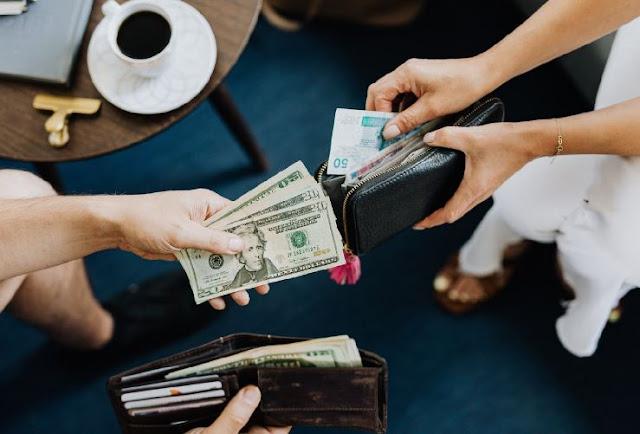What Are The Different Types Of Partner Incentives?

It’s only natural that the business world would seek to incentivize new partnerships by sweetening the deal. It’s a process that has gone on for as long as men have struck bargains with one another. If you have something another person really, really wants, you ask them to throw in something to make it worth your while. When applied to businesses, this type of haggling is renamed as incentivizing. We use it as a tool to get what we want.
The Different Types Of Partner Incentive
Below, we have tried to detail the common types of partner incentives you can utilize to leverage better partnerships. WorkSpan’s partner funds program guide outlines automation benefits of enhancing allocation, productivity, and engagement. You should see it for a more comprehensive guide if you need to.
Through Offering Rebates
Rebates are what we call offering a cash incentive to project creators which meet targets on time. The more targets the sales group or project team meet, the more they unlock in terms of rewards. Usually these are monetary, but incentives can be things like accessing new markets, working on new projects, or completing set goals that the company has in mind. Rebates are best for those that want to reward the individual who is working on collaborative efforts.
If you are an SME in co-selling arrangements with another seller, you might have only one or two people on the project. This allows you to reward them when they achieve new targets.
Solution Development Funds
If you are still in the initial stages of your co-selling partnership arrangement, the solution development fund lets you focus on finding solutions for your start-ups. If you need to create strategies that will allow the collab to develop, then this could help. The downside is that it’s a little risky and it fluctuates depending on what both partners want to contribute. The money could grow, but it could be lost.
Cooperative Funded Partnerships
The partnership that uses a co-op funding model allocates a fund to the project, which aligns to demand. The fund goes up as the partnership collab makes money. The more money made, the bigger the pot that goes back into advancing the agenda of both partners in the co-selling arrangement.
To use this type of incentive, a partner has to apply for the funding for projects after they have sent out the project. Since the fund relies on sales to replenish, this means it needs startup capital to set it off. Firms often do this by way of an MDF.
The Marketing Development Fund (Or MDF)
Using this incentive model, a collaborative partnership is assigned a set amount of the budget to work their operations. The partnership uses this budget allocation to generate new projects, create a deeper creative partnership, and organize all the collaborative efforts between the two companies. MDFs are particularly useful for projects which need an influx of innovative ideas, or for partners with a wide crossover audience who offer complimentary services that generate awareness of both businesses.
